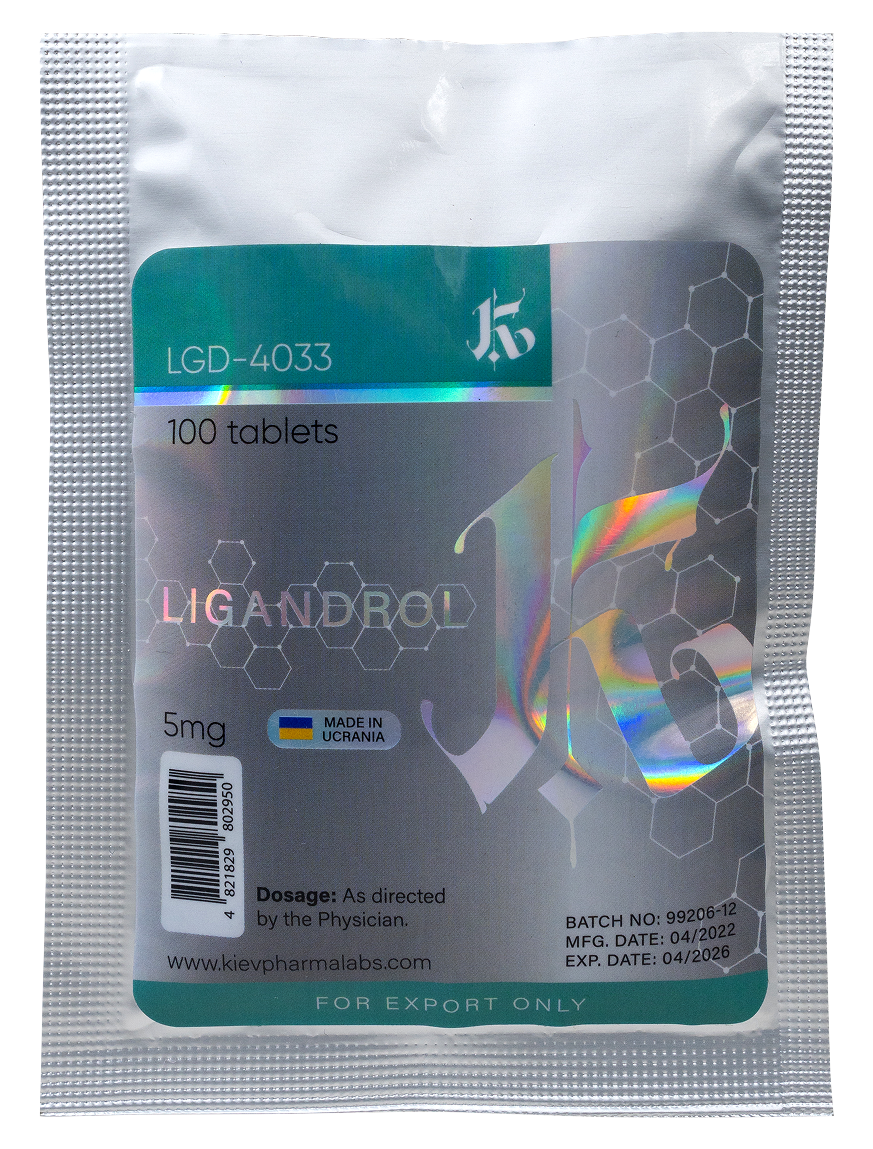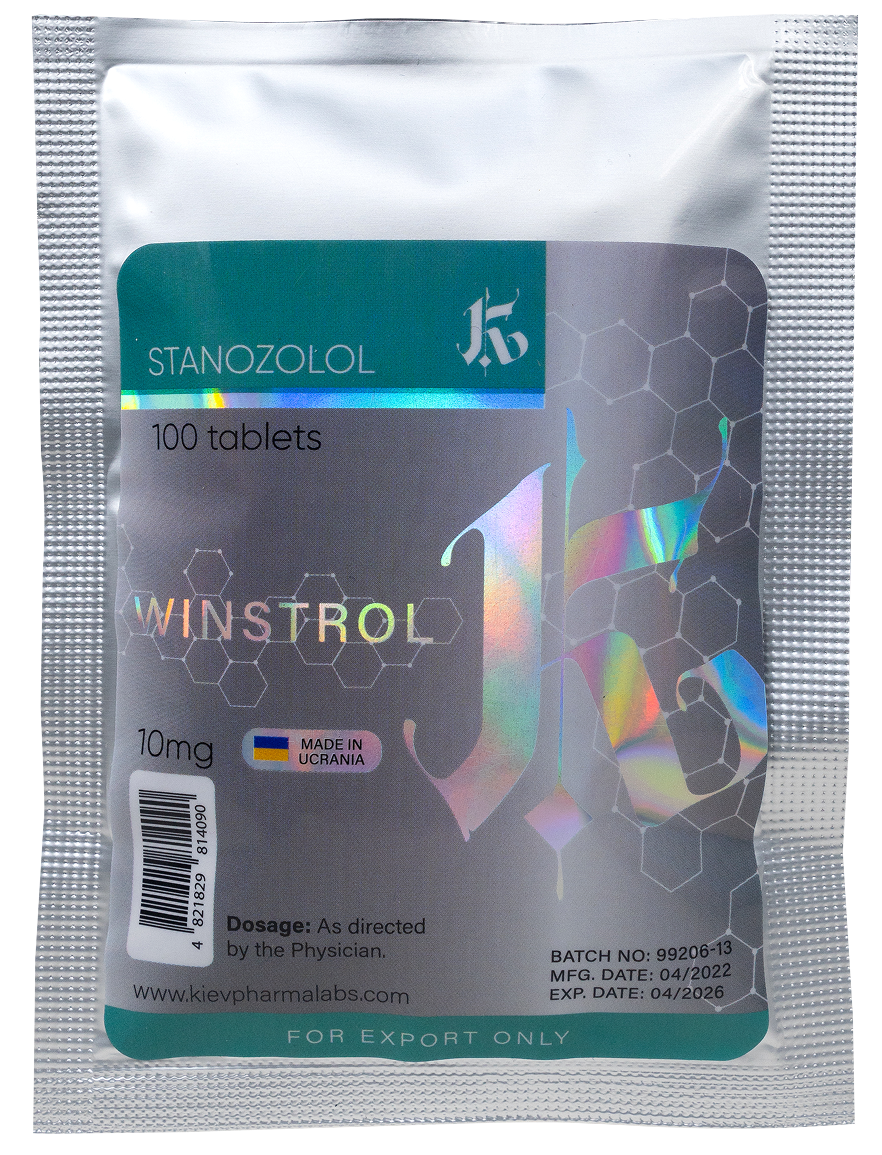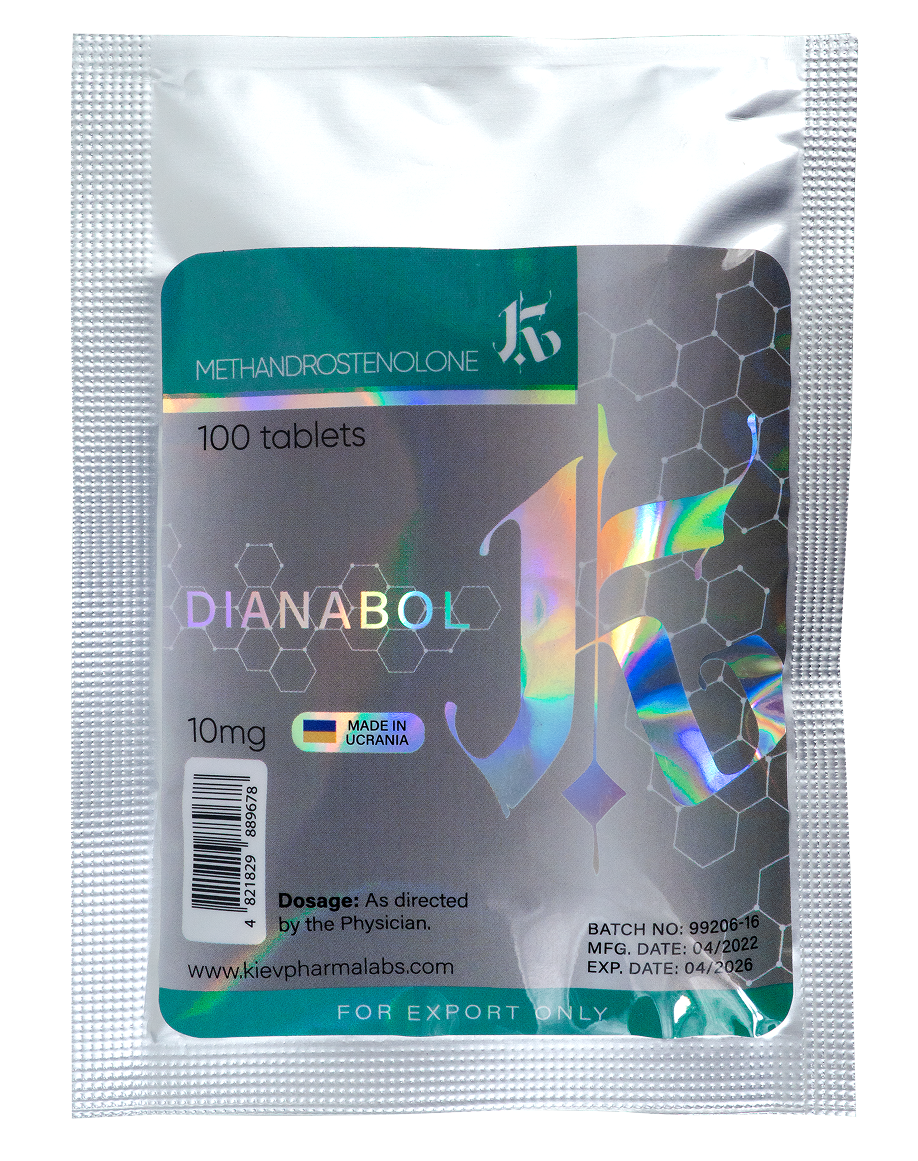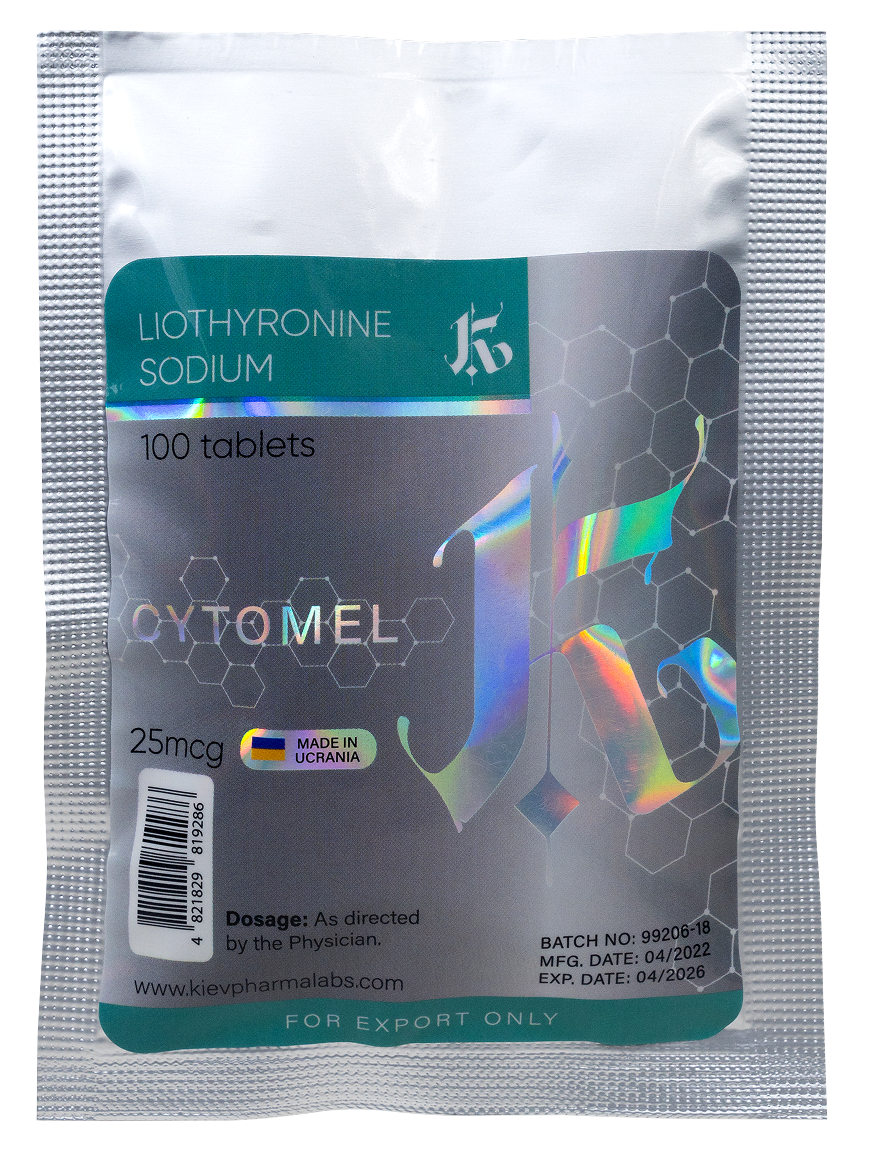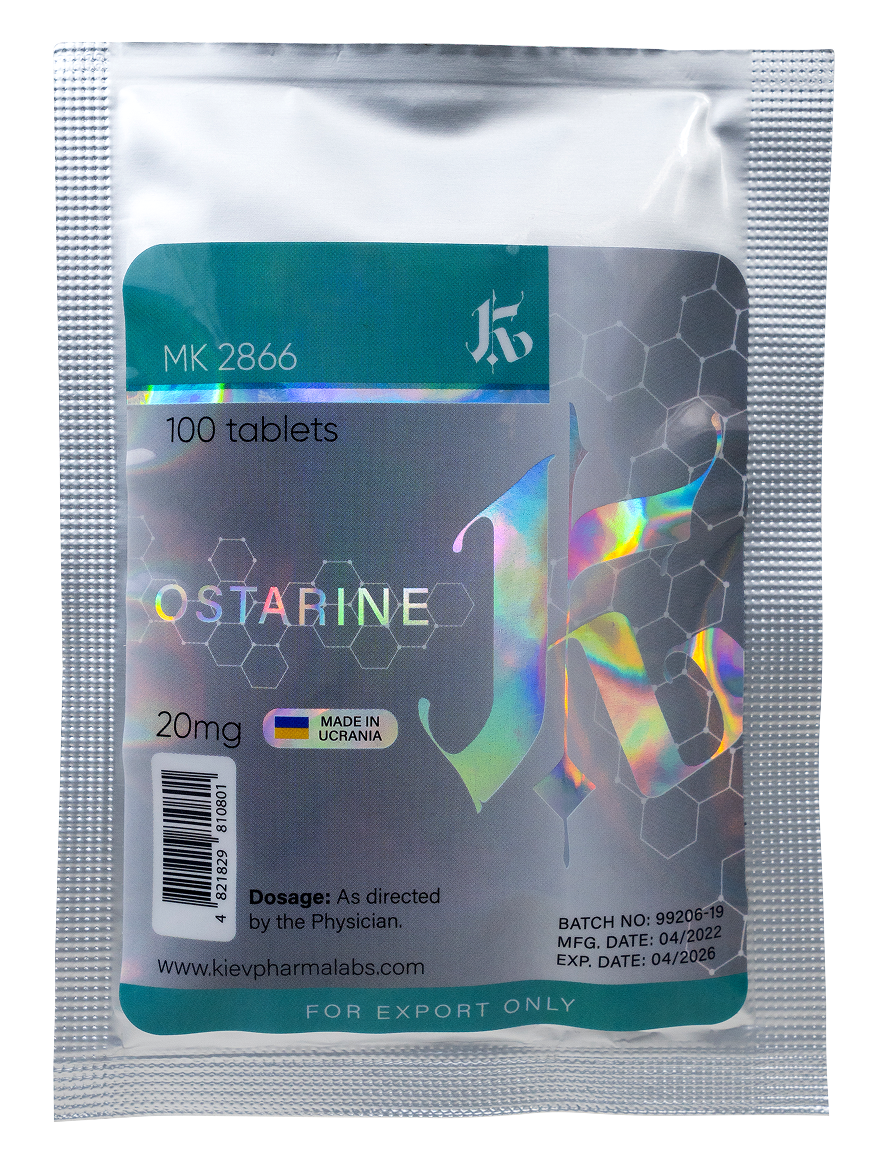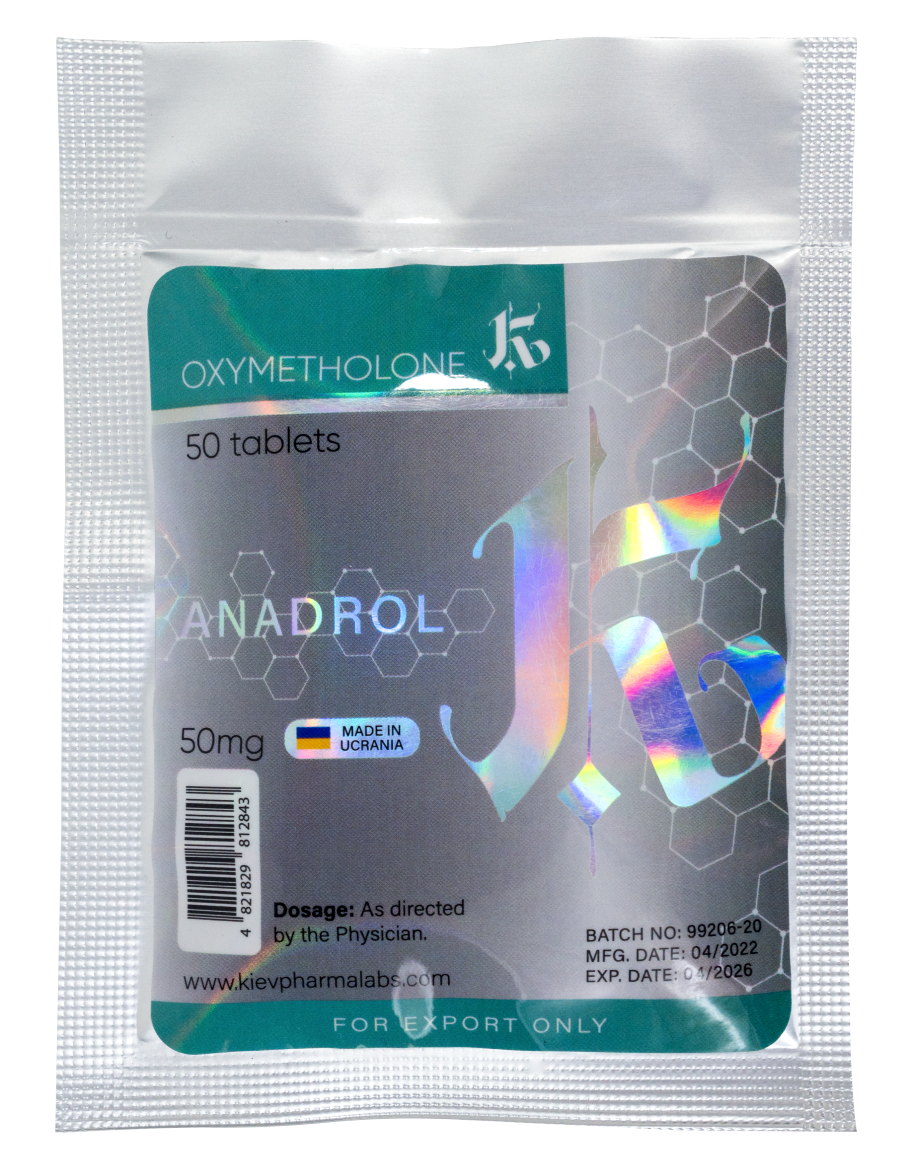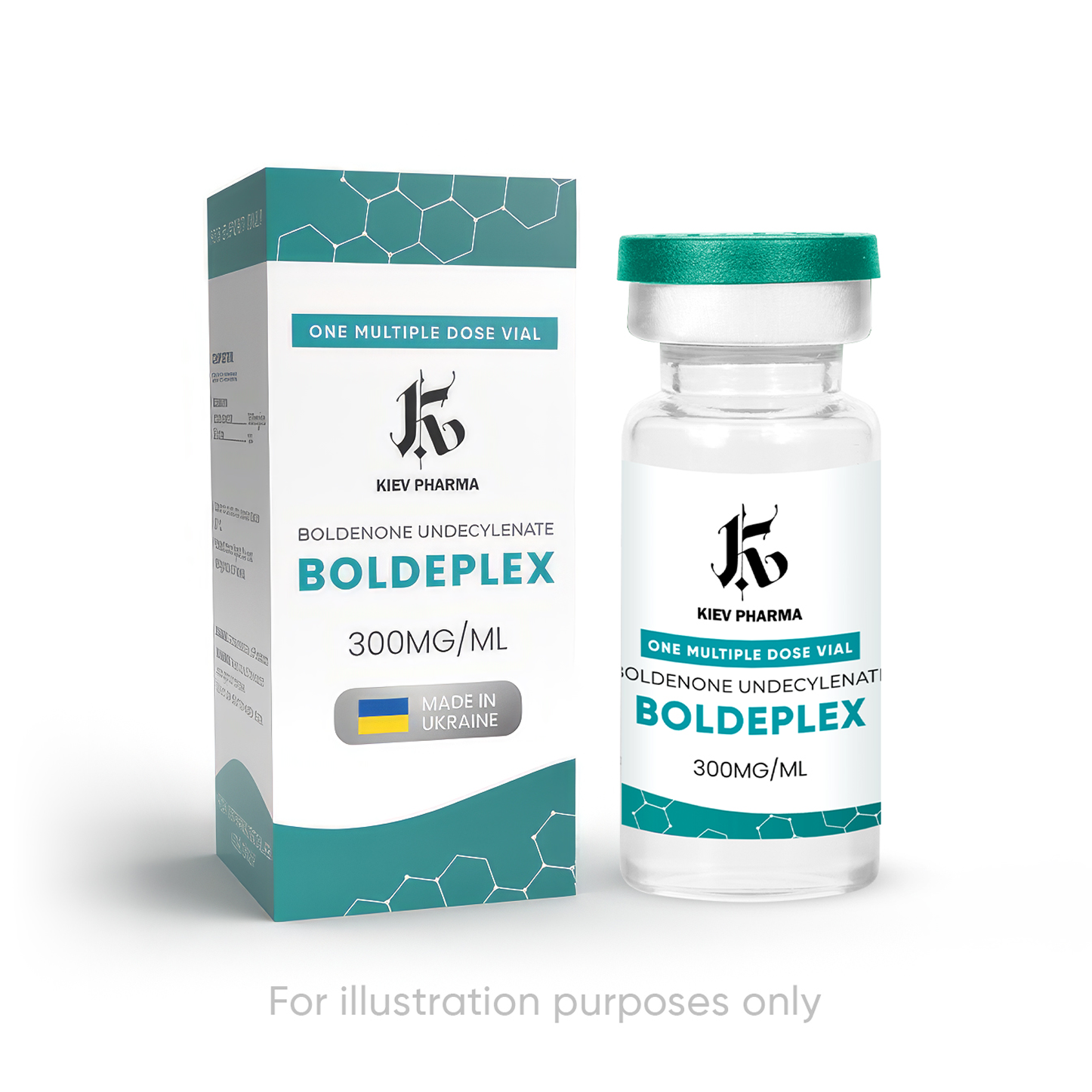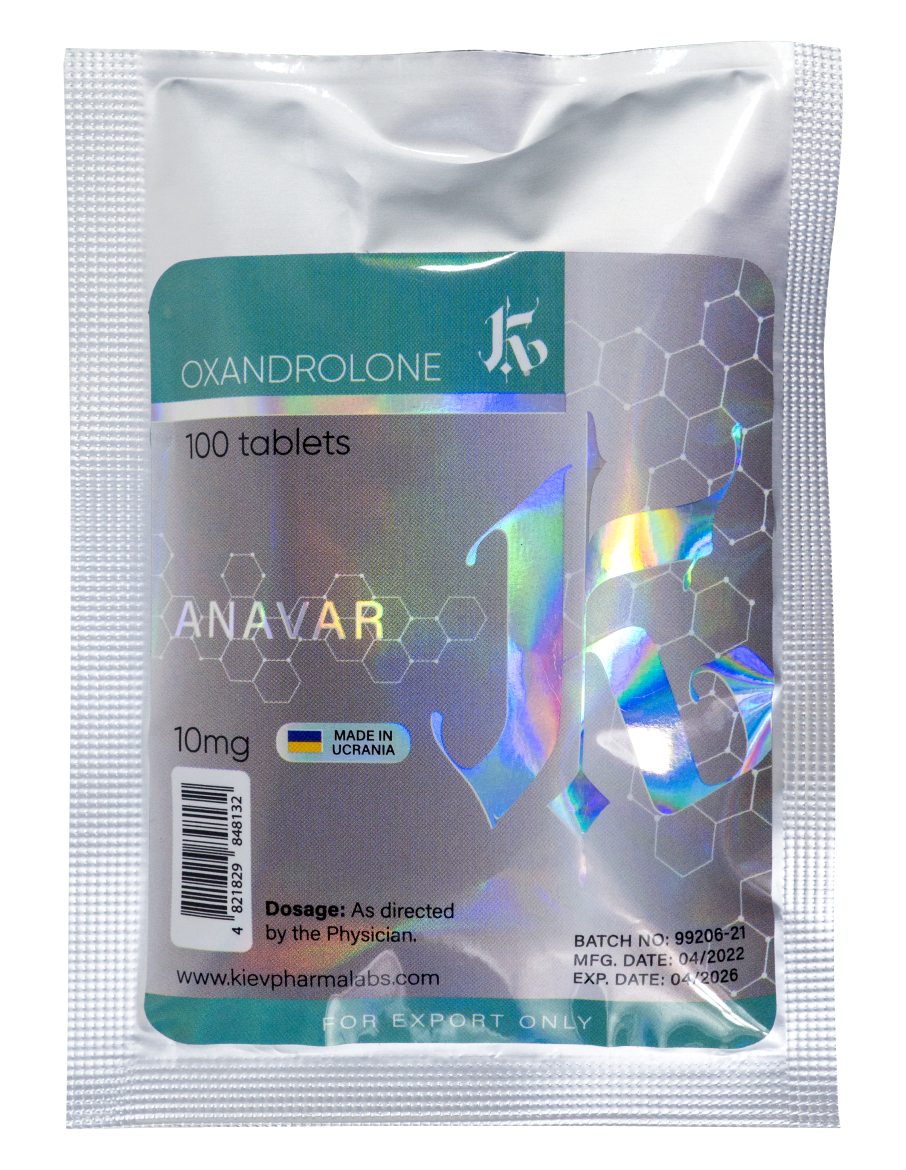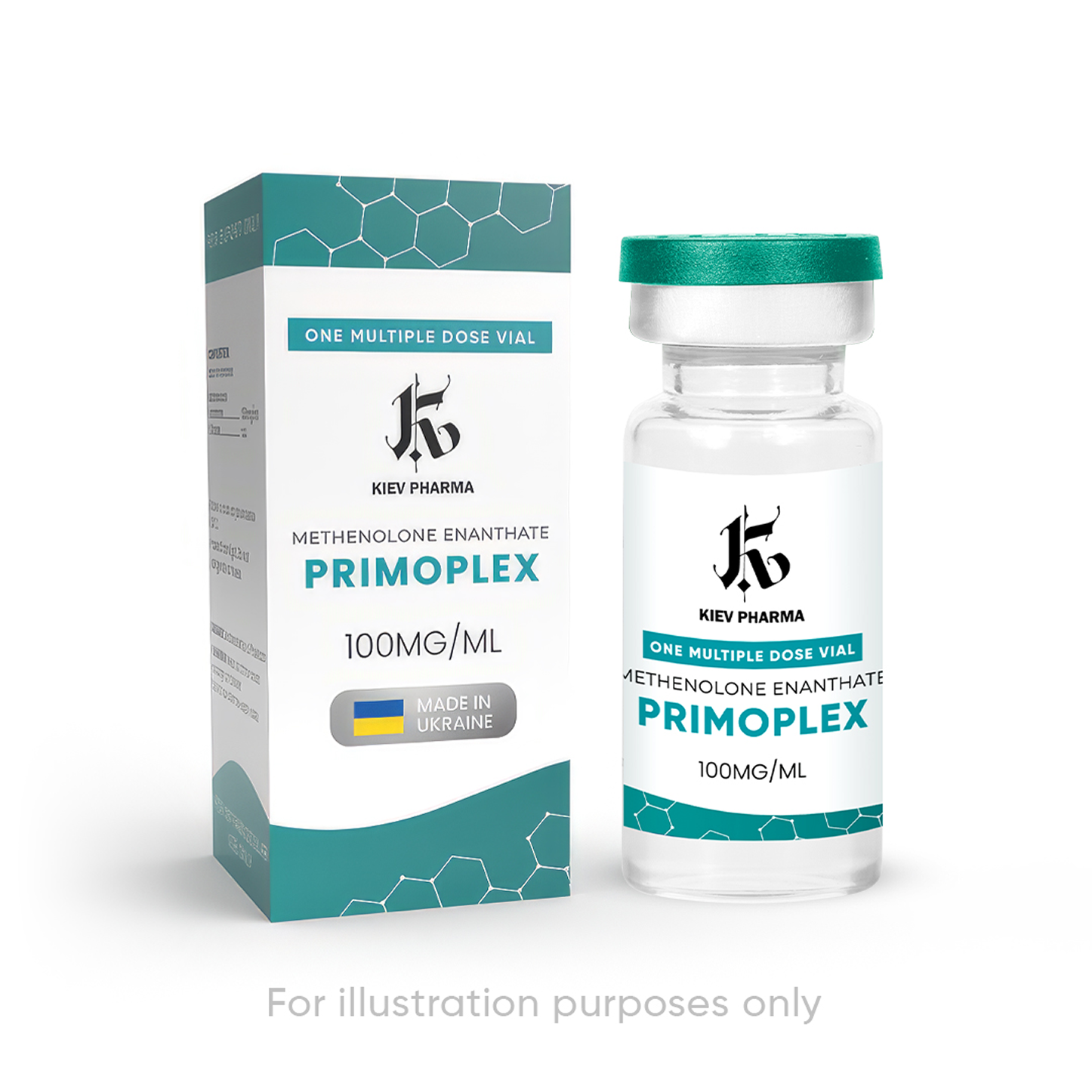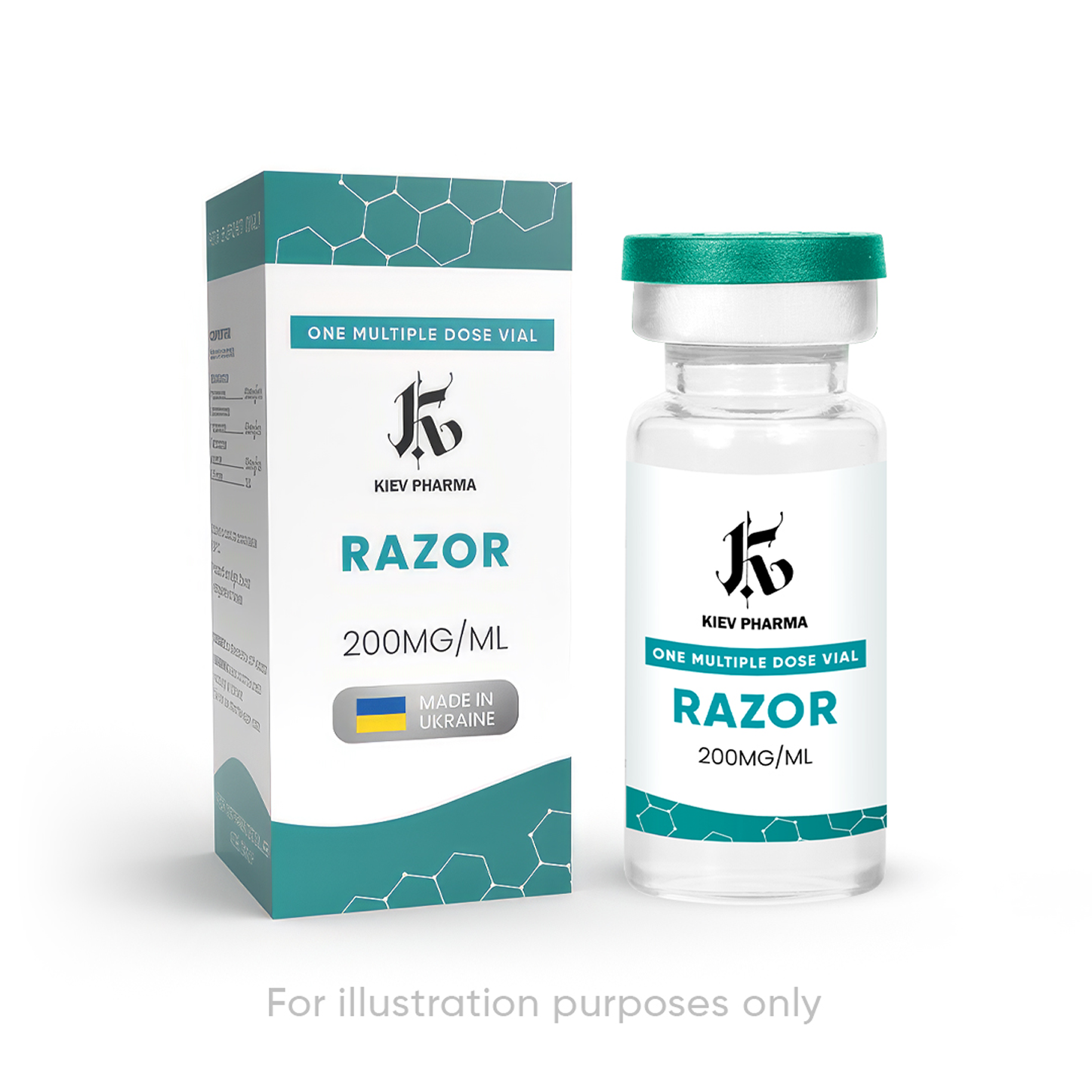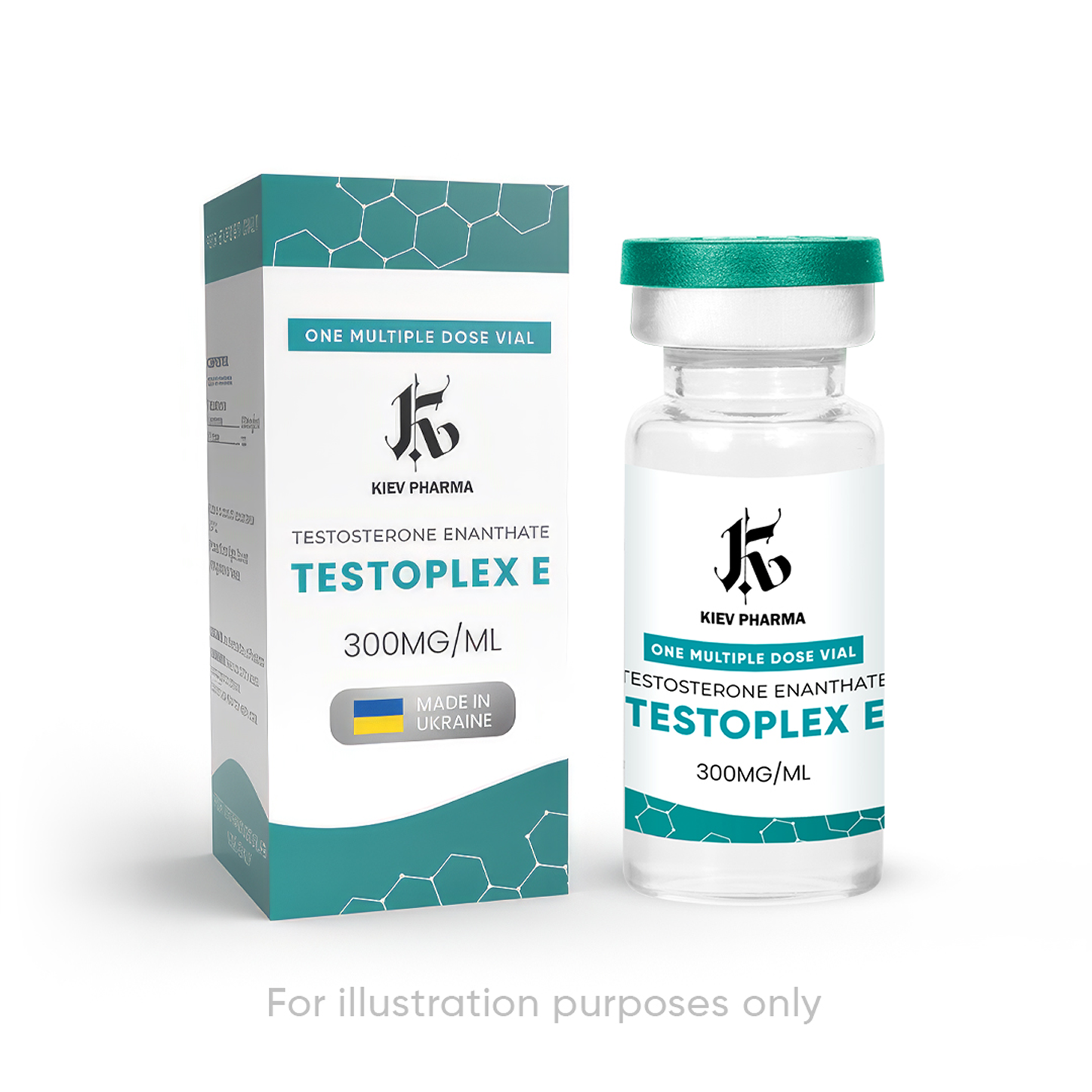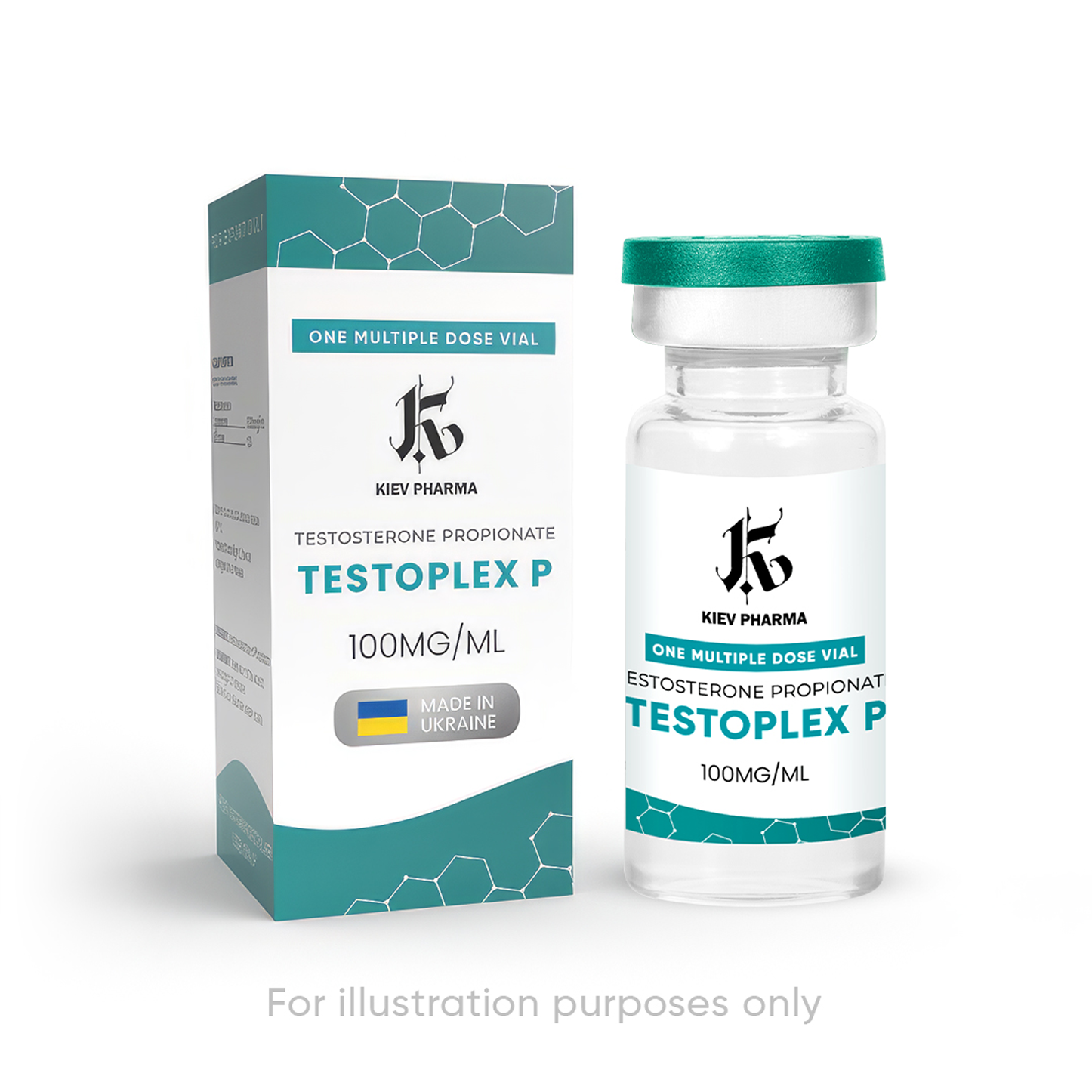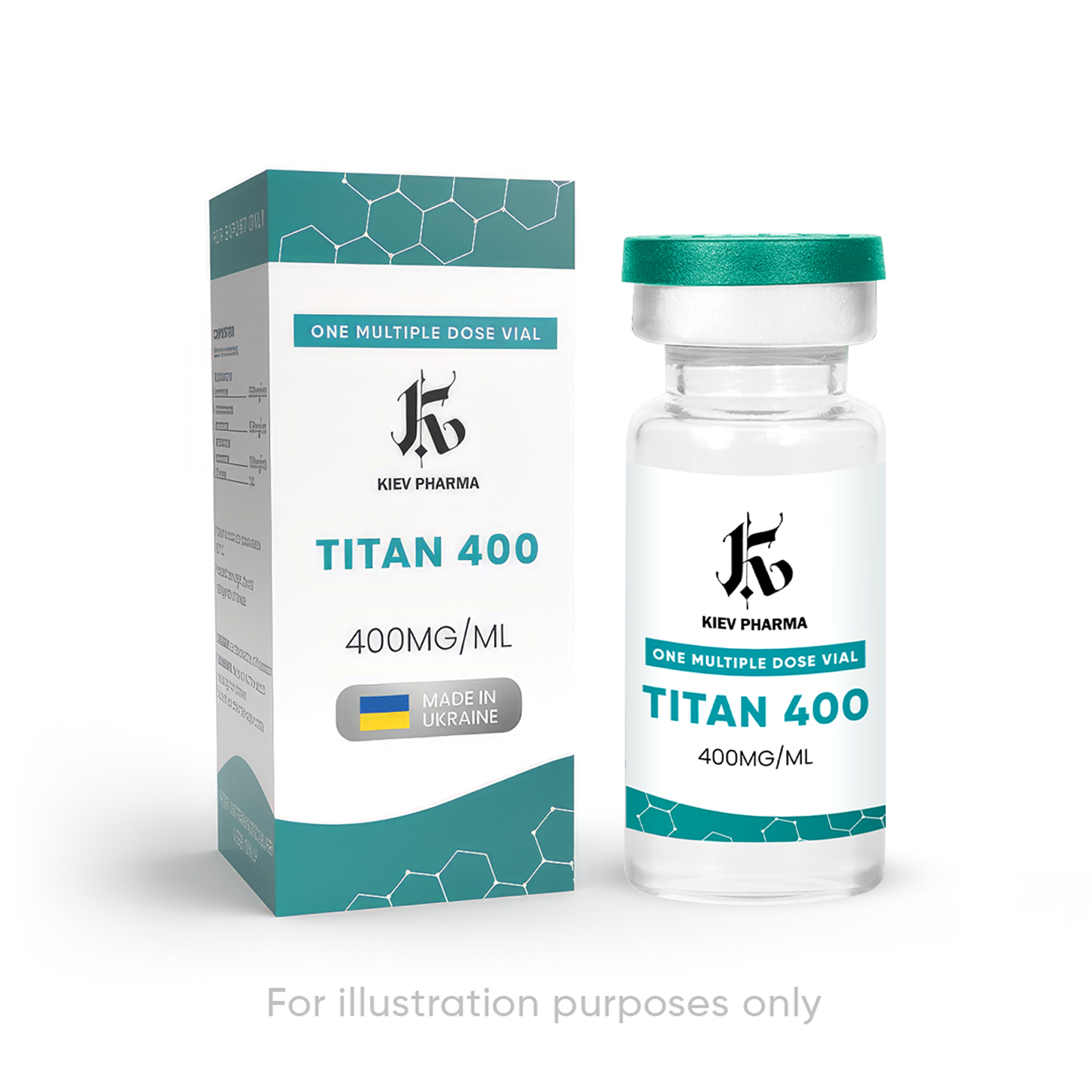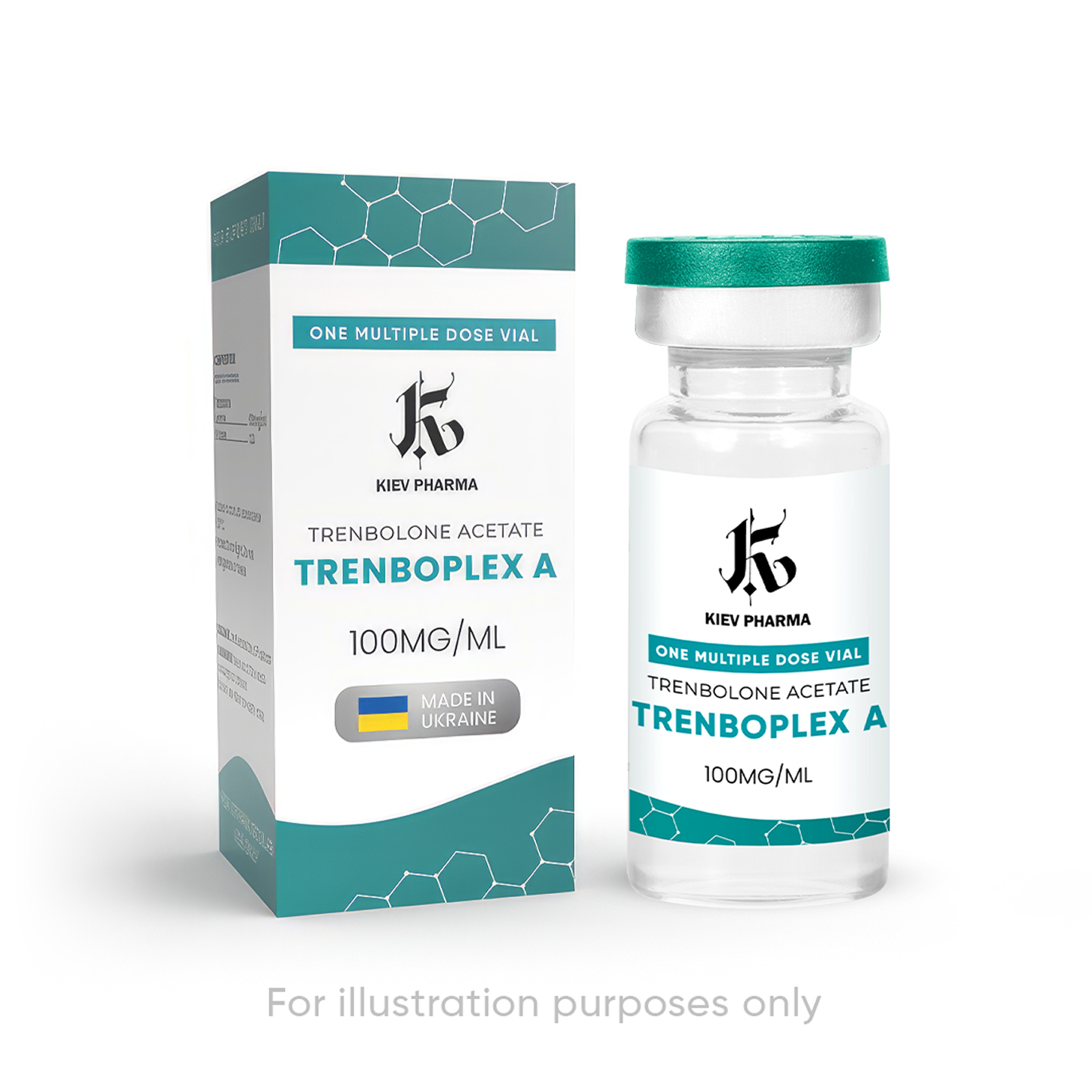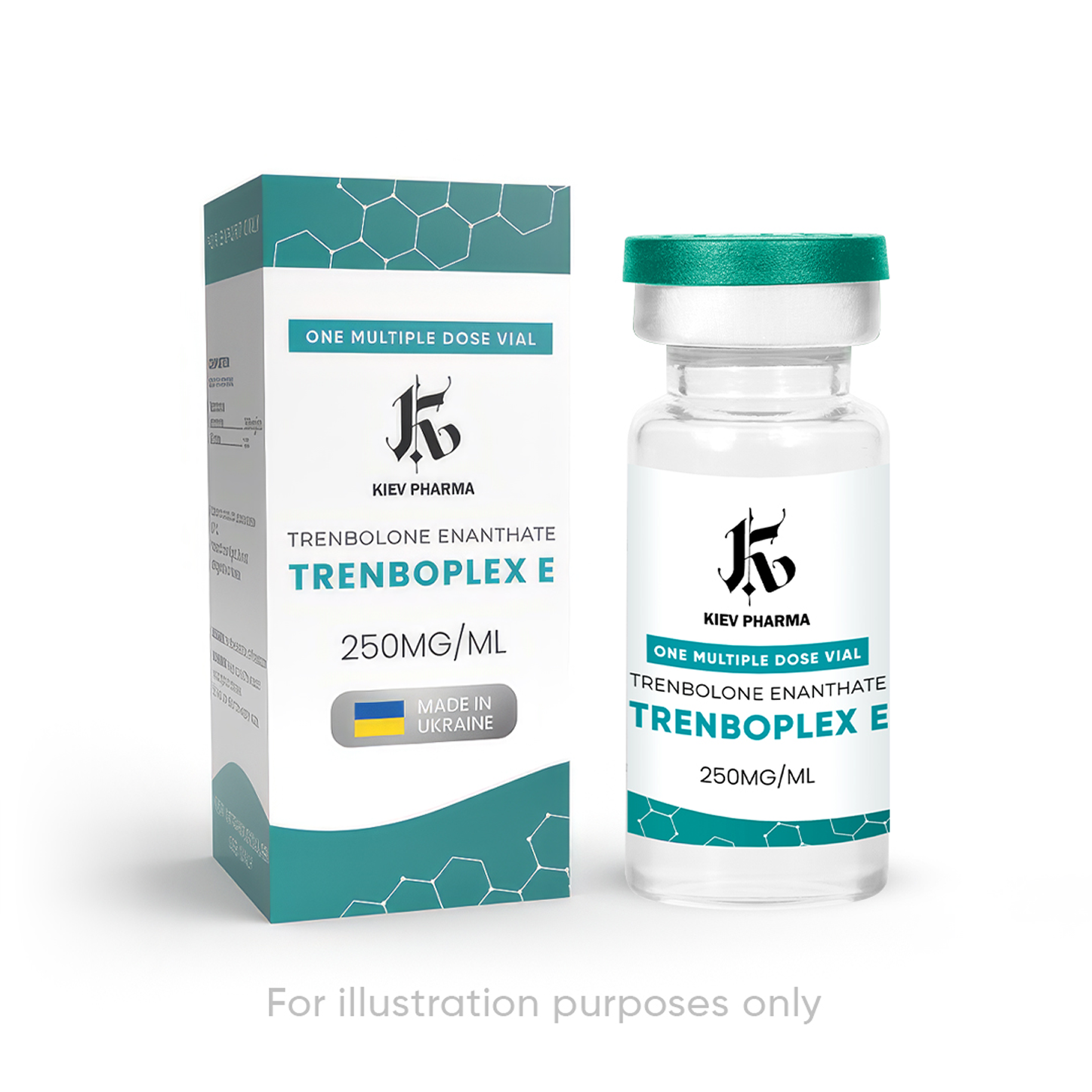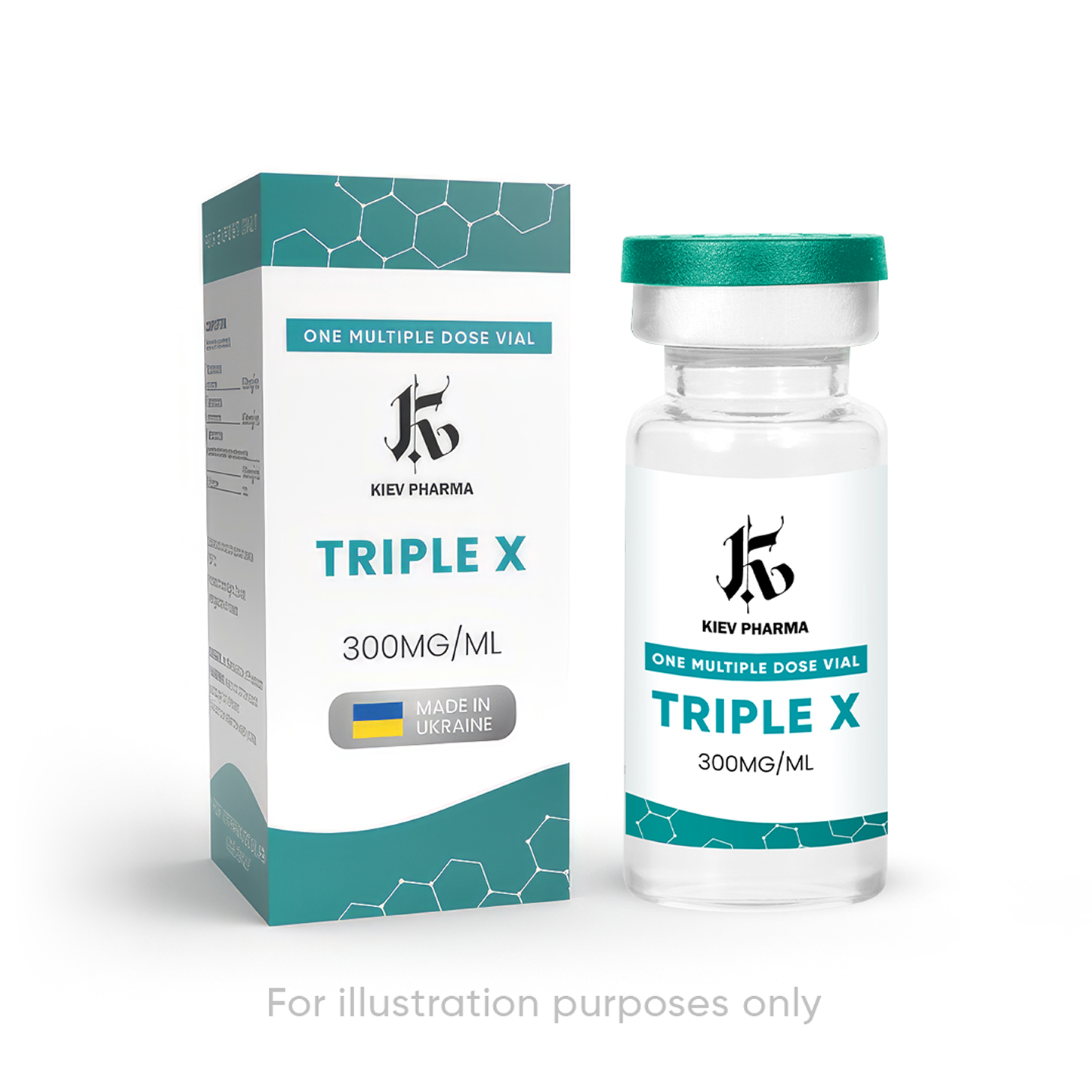Growth hormone (GH), also known as somatotropin, is an essential protein for human development and metabolic balance. Produced by the pituitary gland (anterior pituitary), this hormone plays a central role from childhood through adulthood.
What is Growth Hormone?
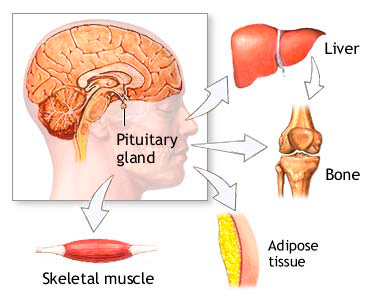
According to the Clínica Universidad de Navarra (CUN), GH is composed of 191 amino acids and is secreted in pulses throughout the day, especially during deep sleep. Its production is regulated by the hypothalamus, which secretes two key hormones:
- GHRH (growth hormone-releasing hormone): stimulates GH release.
- Somatostatin: inhibits its release.
These mechanisms allow the body to maintain proper GH levels to fulfill its many physiological functions.
Key Functions of Growth Hormone
While GH is often associated with physical growth in children, it also performs many vital functions throughout life:
- Stimulates bone and tissue growth: GH promotes bone elongation during childhood and adolescence, supporting physical development.
- Supports muscle development: by increasing protein synthesis, GH helps build lean muscle mass.
- Regulates fat metabolism: it stimulates lipolysis (fat breakdown), contributing to reduced body fat.
- Influences blood glucose: GH decreases glucose uptake in certain tissues, raising blood sugar levels and requiring careful regulation.
- Stimulates IGF-1 production: insulin-like growth factor 1 (IGF-1), mainly produced in the liver, mediates many of GH’s actions in peripheral tissues.
Disorders Related to Growth Hormone
Imbalances in GH production can lead to significant medical conditions, either due to deficiency or excess.
a) Growth Hormone Deficiency
This can result from congenital defects, pituitary tumors, brain injuries, or autoimmune diseases.

- In children: leads to short stature, slow growth, delayed puberty, and low muscle tone.
- In adults: presents as reduced muscle mass, increased visceral fat, fatigue, depression, and decreased bone density—raising the risk of osteoporosis.
b) Growth Hormone Excess
Usually caused by pituitary adenomas (benign tumors), GH excess can lead to:
- Gigantism: occurs when GH excess happens before the growth plates close in childhood, resulting in abnormally tall stature and skeletal abnormalities.
- Acromegaly: develops in adulthood, characterized by enlarged hands, feet, jaw, and nose, as well as joint pain, cardiovascular issues, and metabolic dysfunctions like insulin resistance.

Diagnosis: How Are GH Disorders Detected?
Diagnosis involves a thorough medical evaluation, including:
- Blood tests: to measure GH and IGF-1 levels—IGF-1 is more stable and useful as an indicator.
- Stimulation or suppression tests: to assess the body’s response to specific triggers or inhibitors
- Imaging studies (MRI): to detect possible tumors in the pituitary gland.

Available Treatments
Treatment strategies depend on the type of GH disorder:
- GH deficiency: treated with recombinant growth hormone via daily injections. When properly monitored, this therapy is safe and effective.
- GH excess: treatment may include:
- Medications: such as somatostatin analogs (e.g., octreotide) or GH receptor antagonists (e.g., pegvisomant).
- Transsphenoidal surgery: to remove pituitary tumors.
- Radiation therapy: used when surgery is not feasible or doesn’t completely eliminate the tumor.
Conclusion
Growth hormone is much more than a height factor: it regulates essential metabolic processes, influences body composition, and plays a preventive role in bone and muscle diseases. Early detection and treatment of GH disorders can significantly improve quality of life.
If you experience symptoms suggestive of GH imbalance, consult an endocrinologist for a professional and personalized evaluation.










